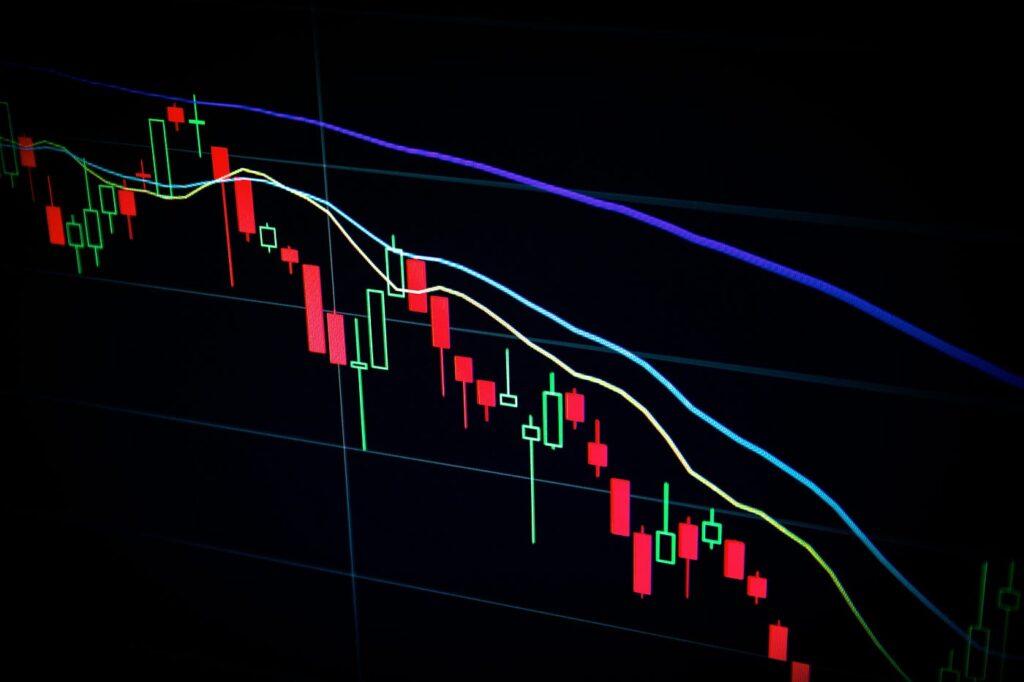
Financial statements – they’re the report card of any company, and an investor’s best friend. At its core, investment analysis pivots around understanding these documents. Advanced techniques like ratio analysis, which delves into metrics like debt-equity and return on equity, enable deeper insights. Then there’s trend analysis—a longitudinal study of financial data to spot patterns.
Common-size analysis, on the other hand, reduces everything to percentages, making statements from different periods or companies easily comparable. Imagine Company X’s profit has grown by 10% year-on-year, but its peers have grown by 20%. This discrepancy becomes glaringly evident with advanced analysis. Key takeaway? Financial statements aren’t just numbers. They’re stories—of success, failure, and everything in between. Be the savvy investor who reads between the lines.
Table of Contents
Unveiling the World of Derivative Investments

Source: mudrex.com
Enter the fascinating domain of derivatives. Tools like options and futures, while complex, offer incredible strategic depth to portfolios. Think of options as investment insurance policies. Meanwhile, futures are agreements to buy/sell assets at a predetermined price. The highlight? You can use these tools to hedge against potential losses, speculate on market movements, or amplify investment strategies. Yet, a cautionary tale: derivatives can be double-edged. Case in point: the 2008 financial crisis was exacerbated by poorly understood and overleveraged derivatives. Hence, while they’re potent tools, they demand respect and understanding.
Harnessing the Power of Technical Analysis
Technical analysis—where art meets science in the world of investing. It’s less about companies’ intrinsic value and more about market sentiment. By analyzing chart patterns or indicators like moving averages and the RSI, investors can gauge market momentum. For instance, a head-and-shoulders pattern might signal a market downturn. But here’s the crux: is this technique better than fundamental analysis, which relies on economic indicators? Not necessarily. Think of them as two sides of the same coin. Both have their merits and can complement each other brilliantly.
Exploring Alternative Investments: Real Estate and Commodities
Step aside, stocks and bonds. Enter real estate and commodities. Real estate can be a goldmine, whether it’s through rental income, REITs, or property flipping. Commodities, encompassing gold, oil, or even soybeans, offer a different beast of diversification. They’re tangible, often counter-cyclical, and can act as a hedge against inflation. However, they aren’t without pitfalls. Fluctuating demand, geopolitical tensions, or even a poor harvest can sway prices.
The Intricacies of Behavioral Finance

Source: grace-moore.medium.com
Ever bought a stock on a whim? Or sold one in panic? Welcome to behavioral finance. This field studies the psychological forces driving financial decisions. Recognizing biases, such as the tendency to avoid losses (loss aversion) or to follow the herd, can empower investors. Knowledge of these biases can help filter noise from fact, leading to astute decisions.
Mastering Portfolio Management Strategies
Your portfolio is like an orchestra, each investment a different instrument. Managing this ensemble is both an art and a science. Dive into techniques like asset allocation and diversification. Familiarize yourself with the modern portfolio theory and the CAPM to understand risks versus rewards. Remember, a well-managed portfolio is often more about strategy than individual asset performance.
Navigating Global Investments and Emerging Markets

Source: research-center.amundi.com
The world’s a stage, and every market, an opportunity. But investing beyond borders isn’t merely about spotting chances—it’s about understanding risks. From currency fluctuations to political unrest, global investments offer a mixed bag. Research is key. Study successes, like how McDonald’s tailored its menu to appeal to Indian palates. It’s a blend of strategy and adaptability.
The Role of Technology: Algorithmic Trading and Robo-Advisors
Lastly, let’s talk about tech. Algorithms now make microsecond trading decisions, and robo-advisors are democratizing investment management. But, while technology promises precision and accessibility, it isn’t without ethical quandaries. What happens in a flash crash? Or if a robo-advisor’s algorithm goes awry? An investor’s best bet? Combine technological insights with human judgment.







